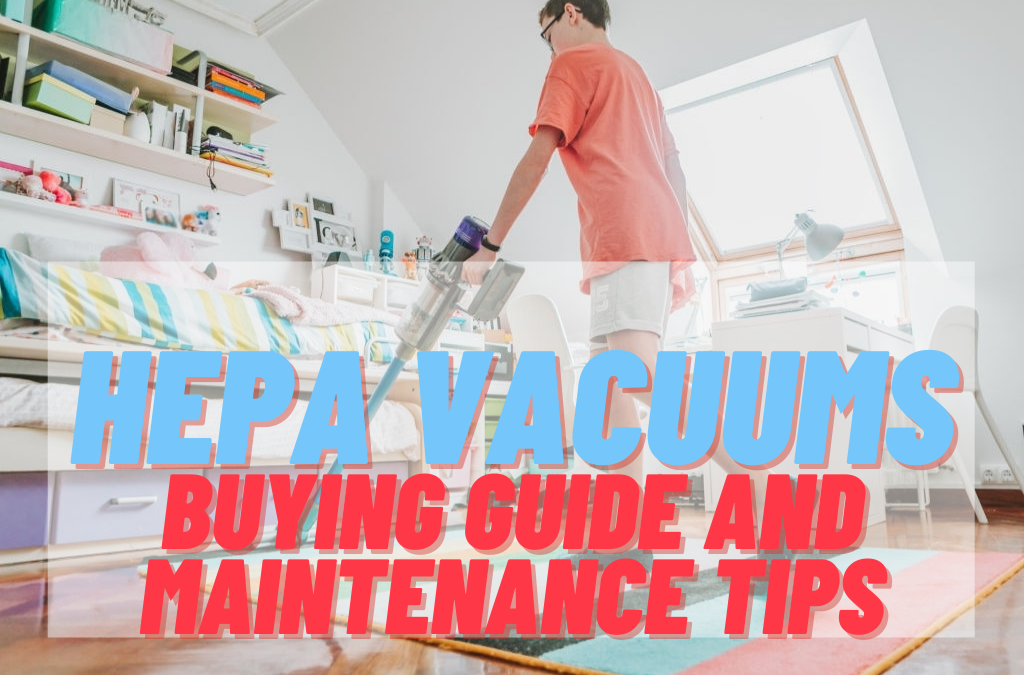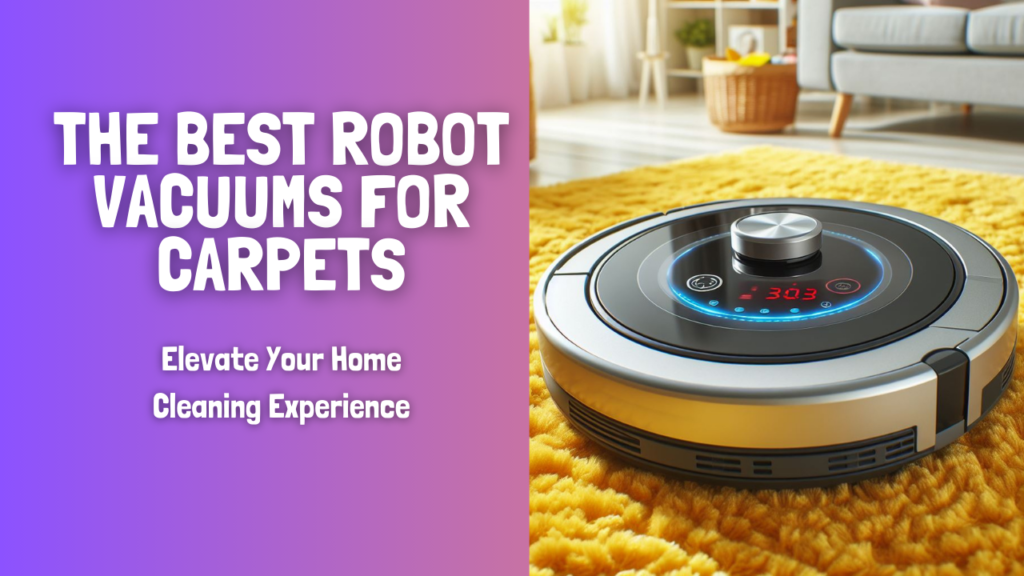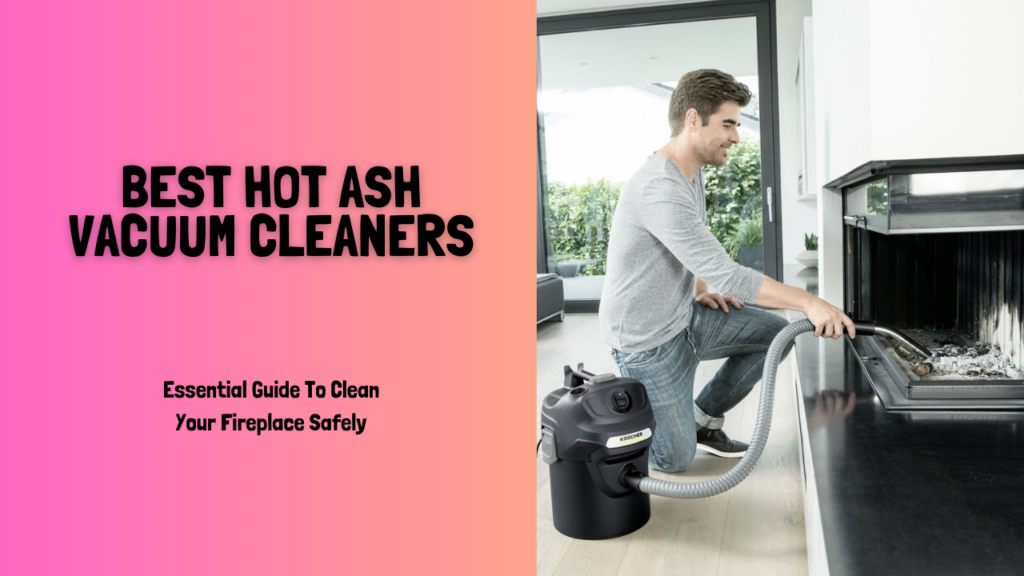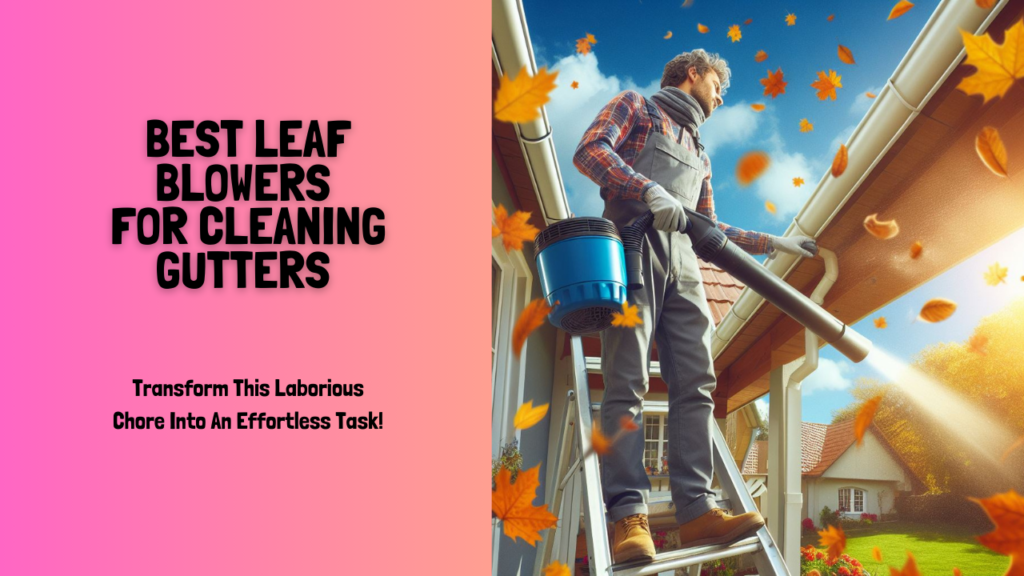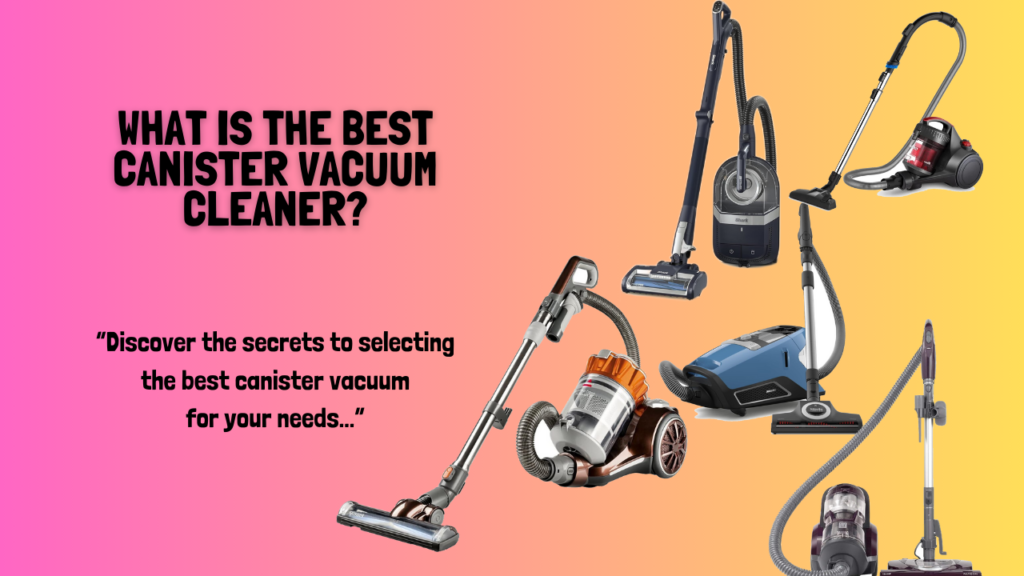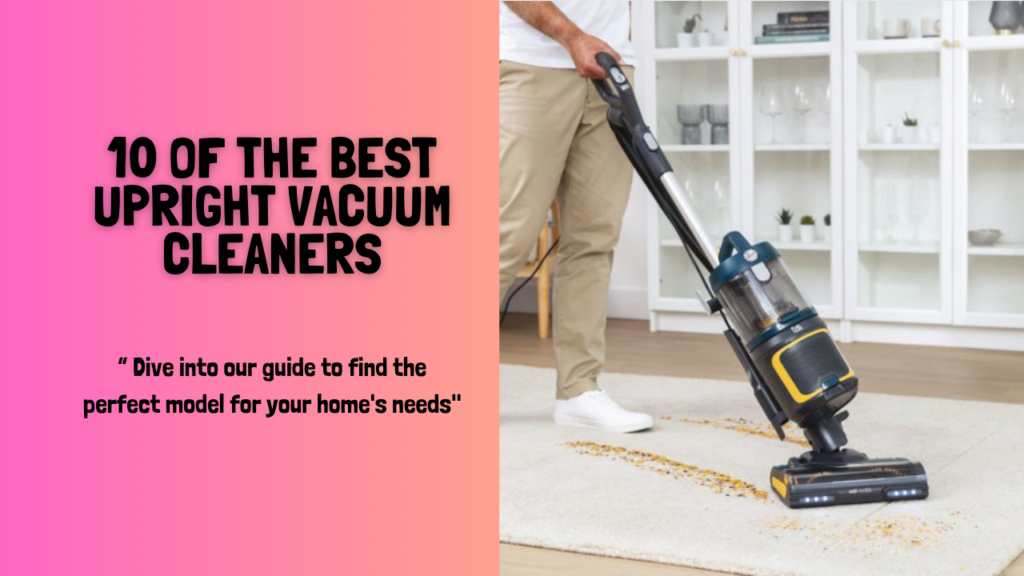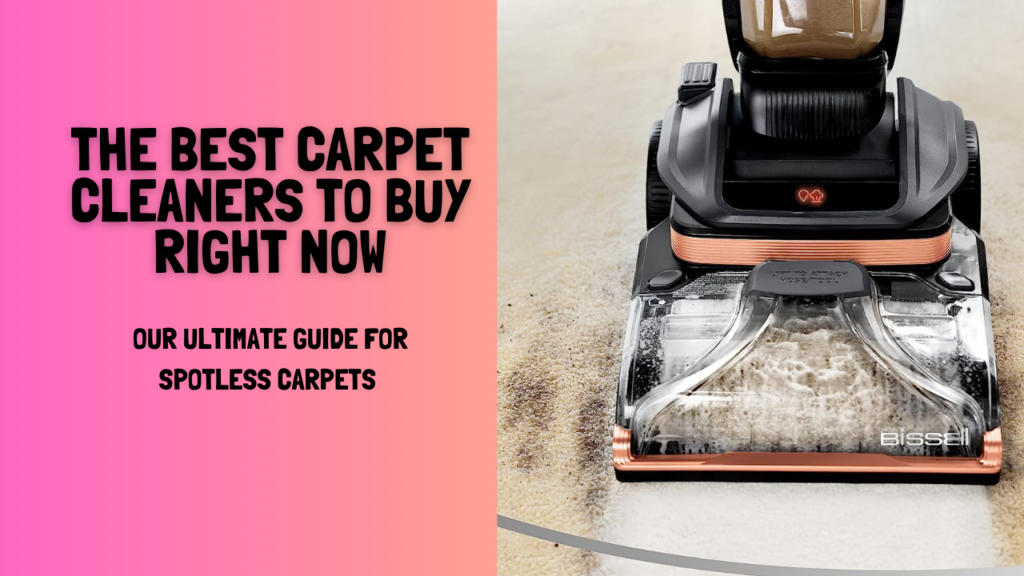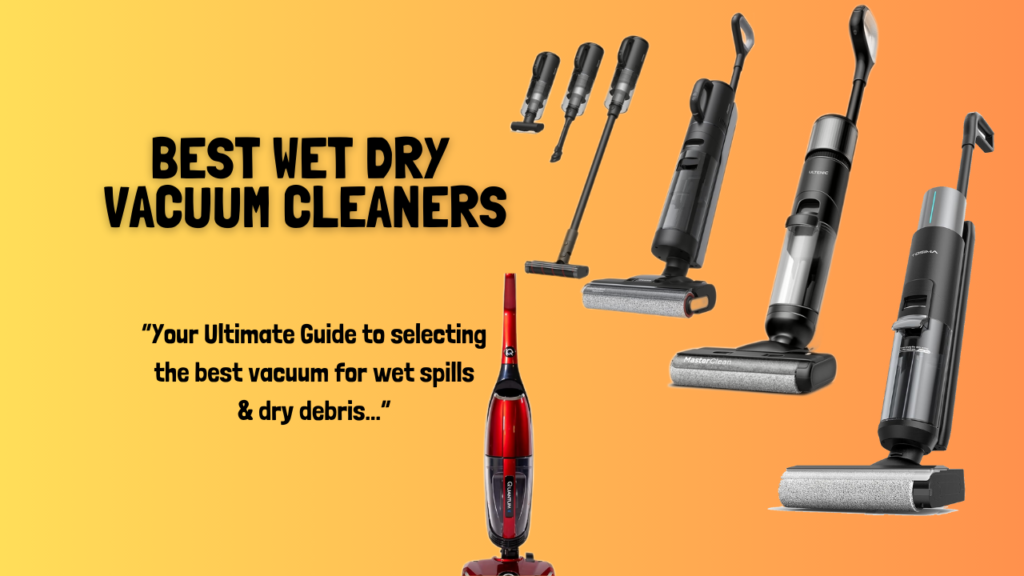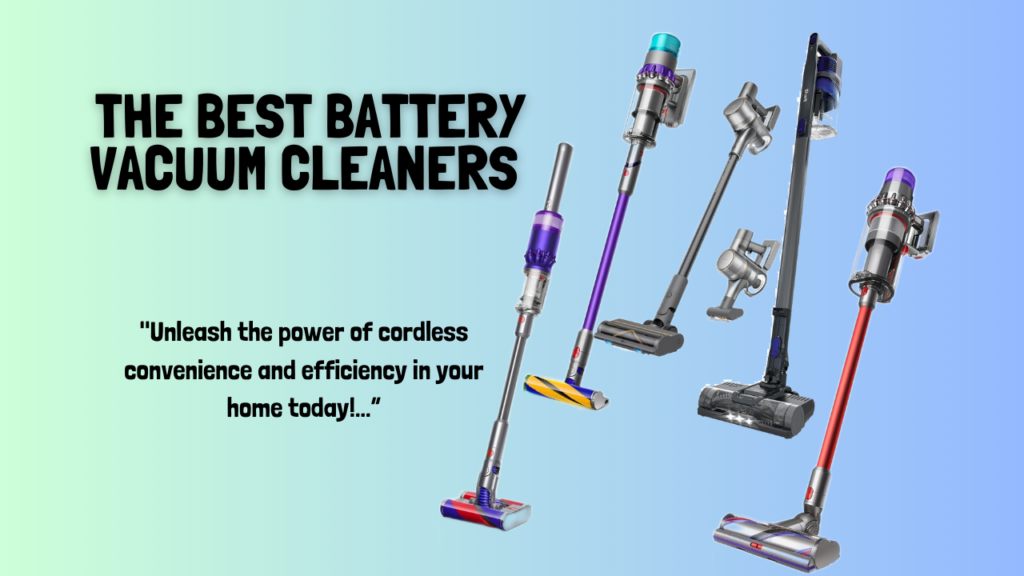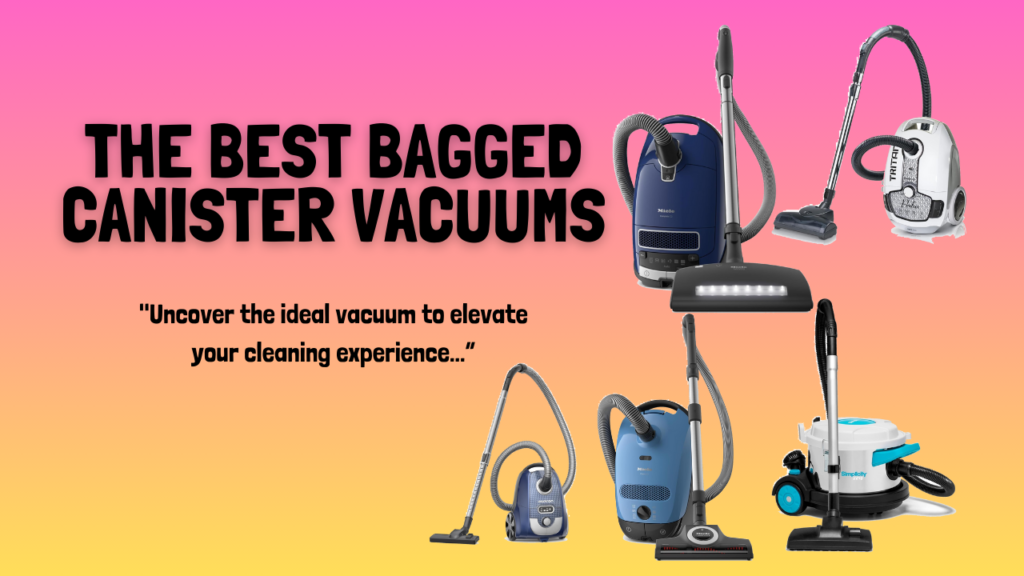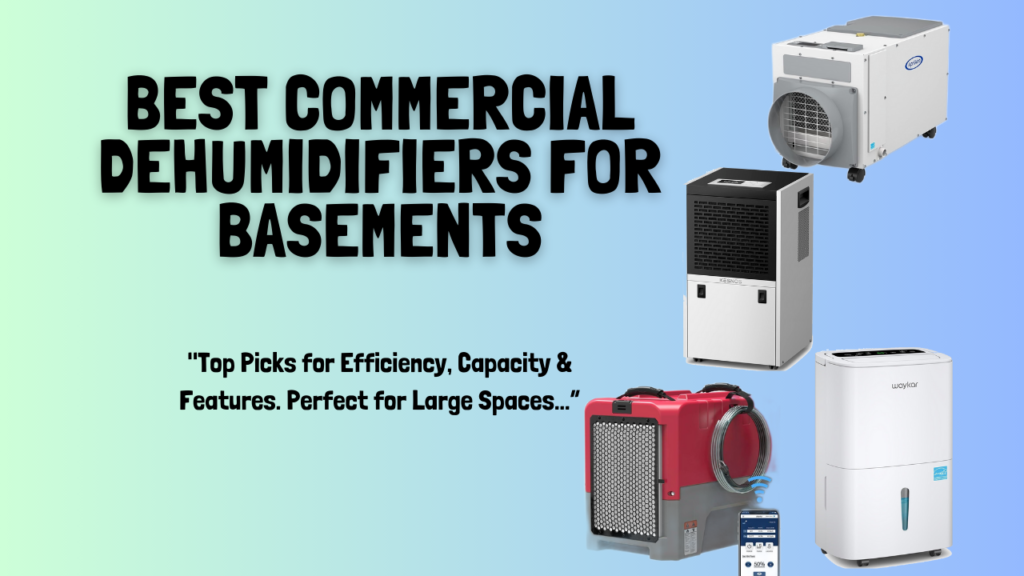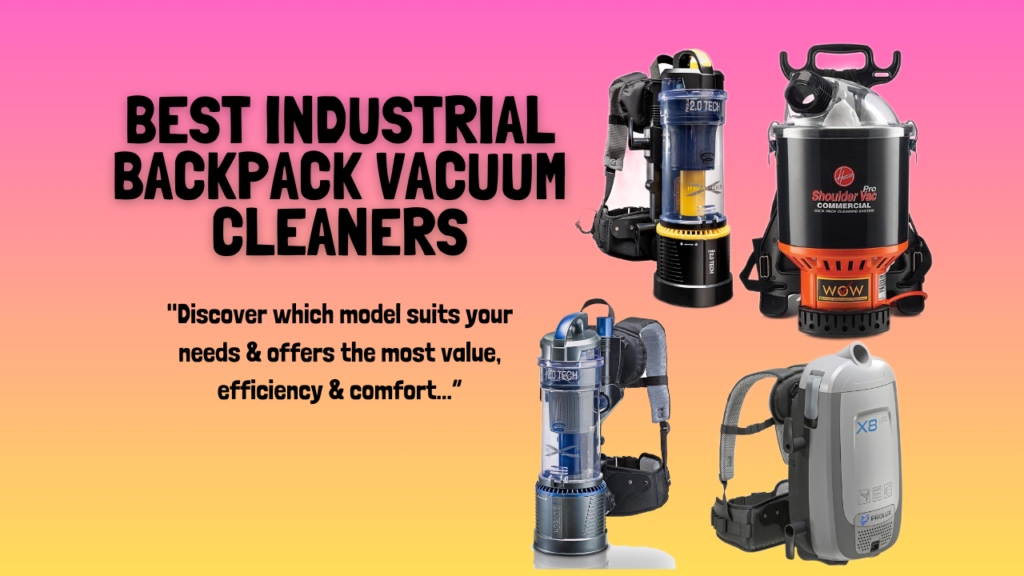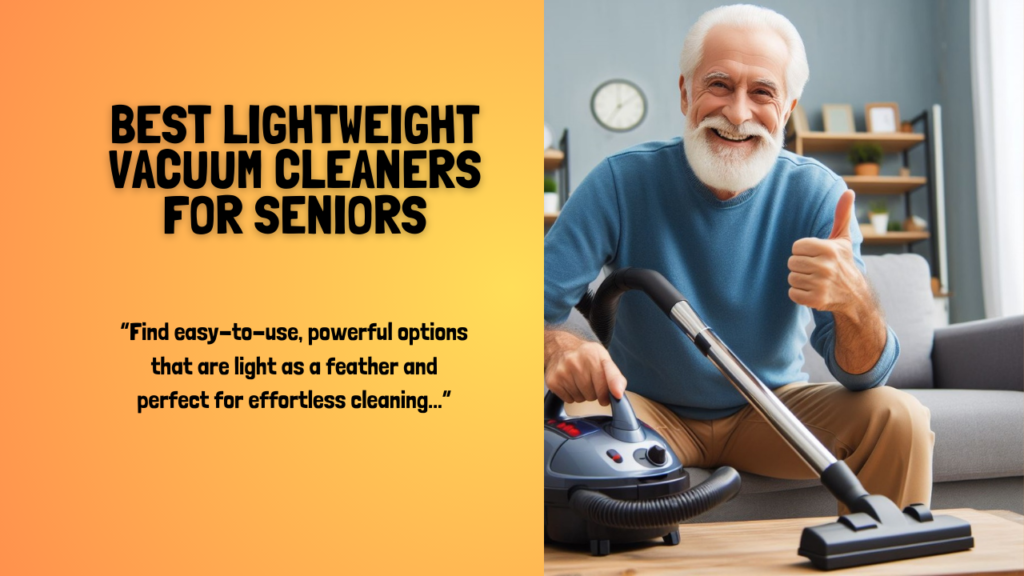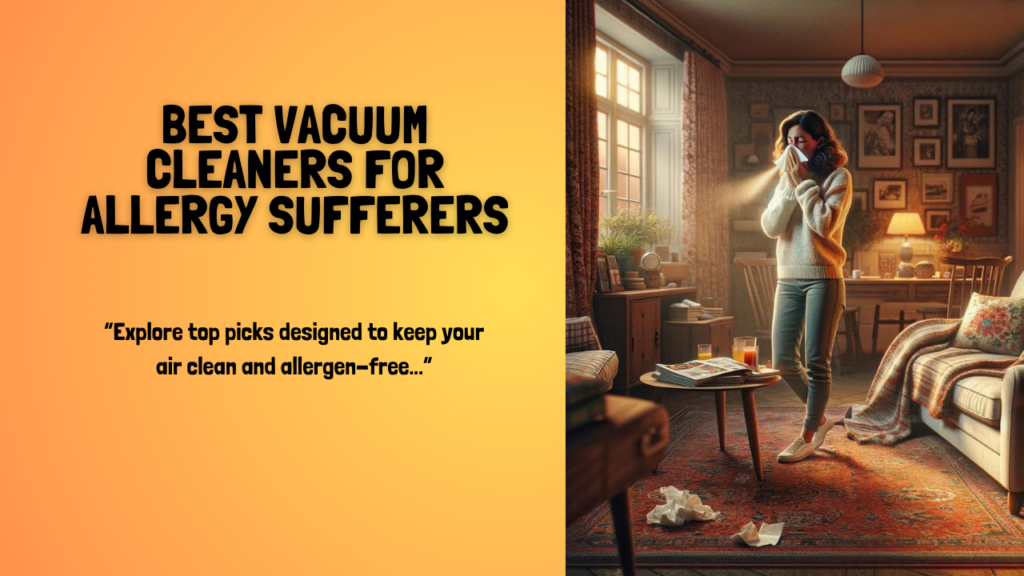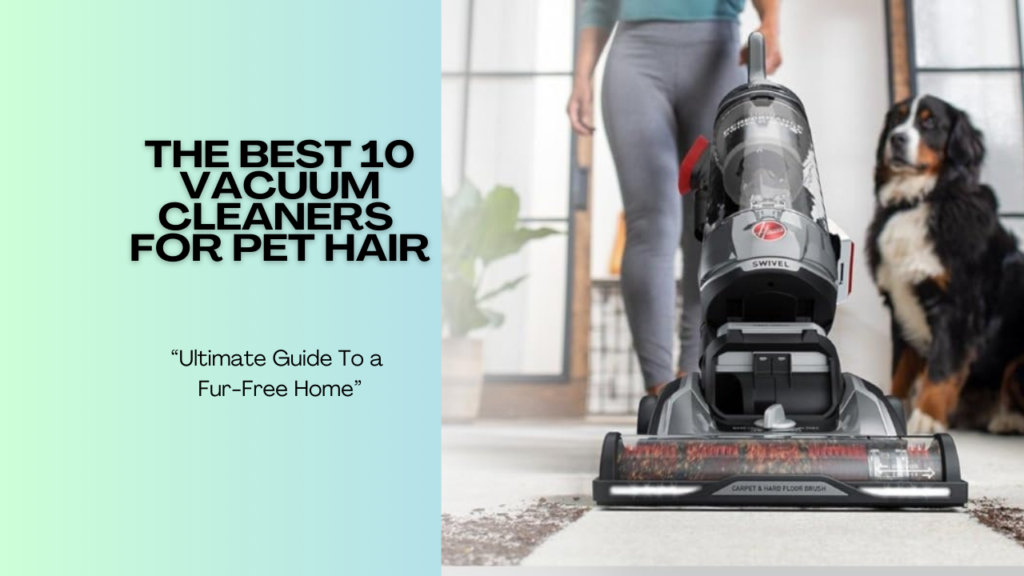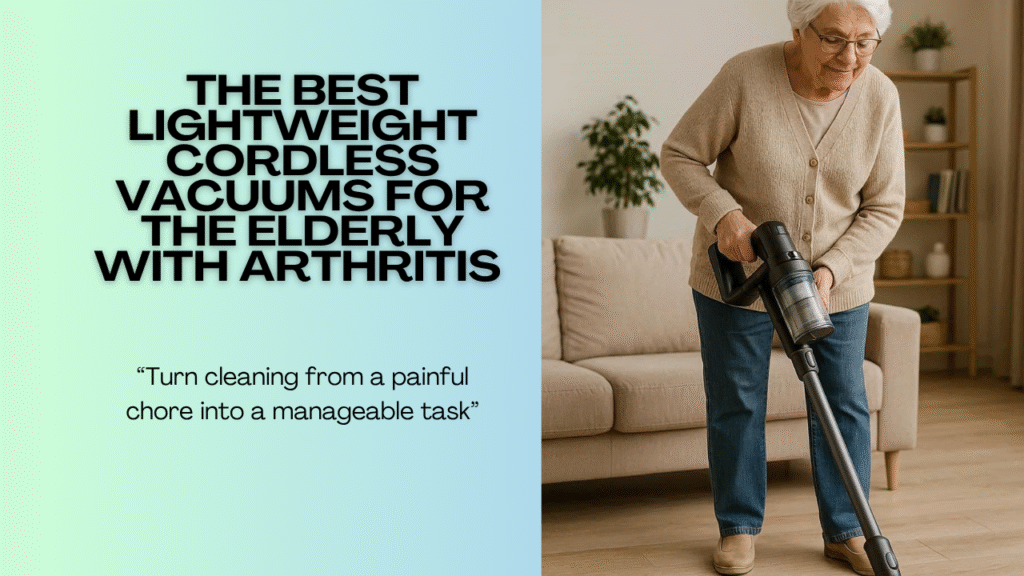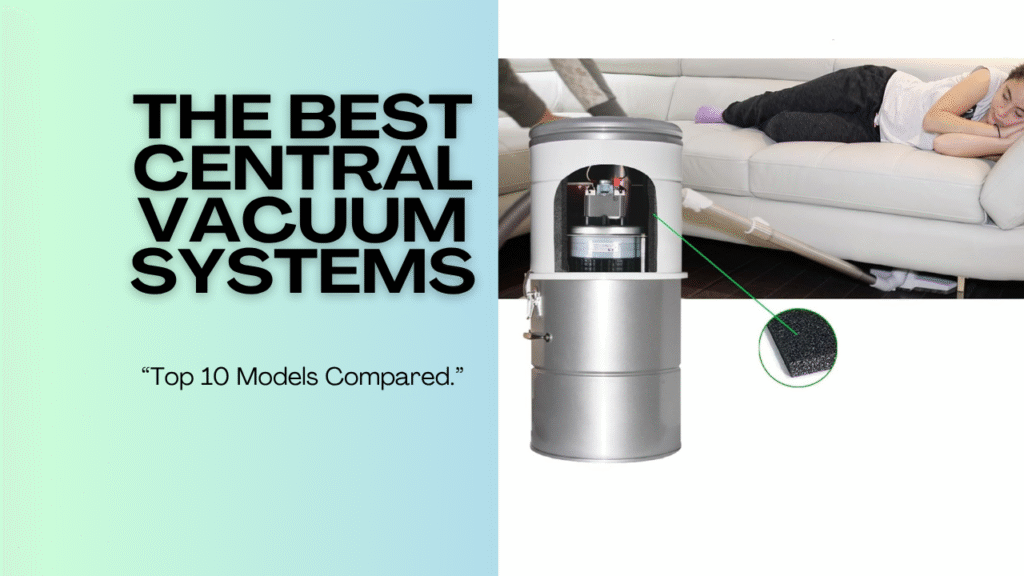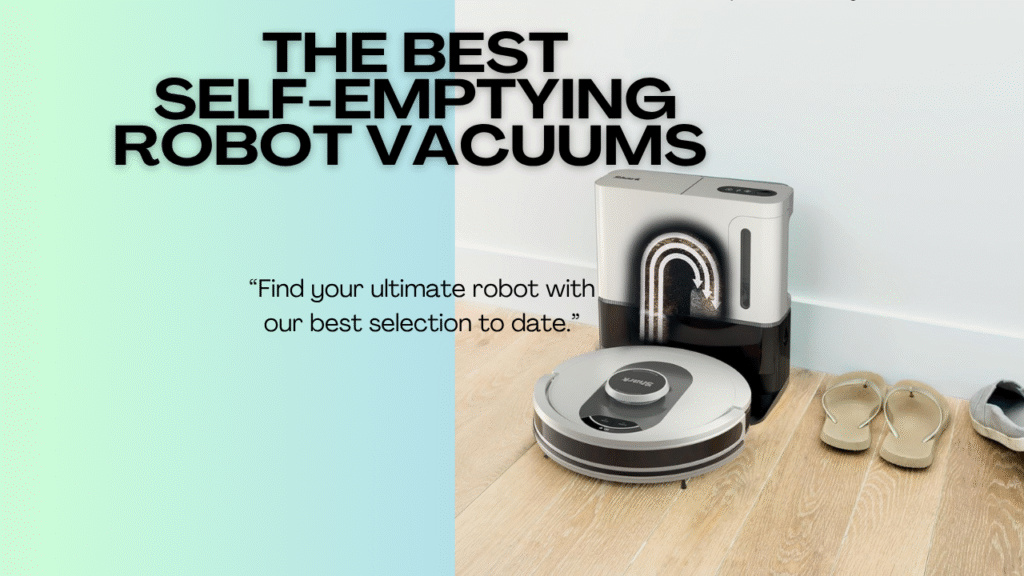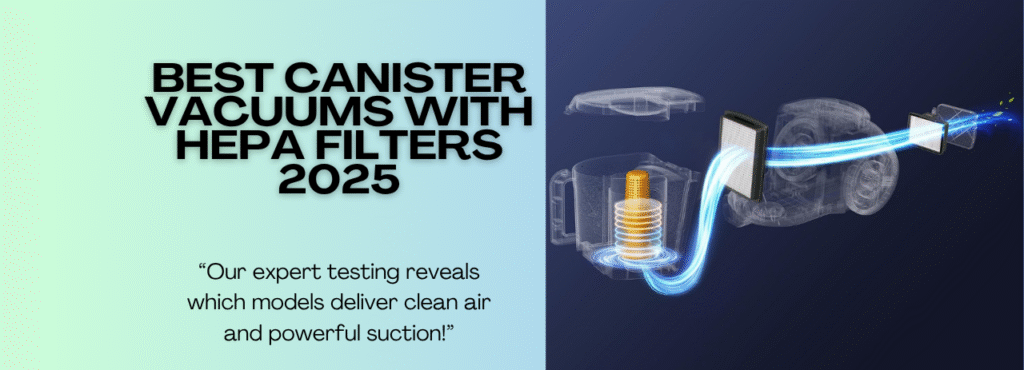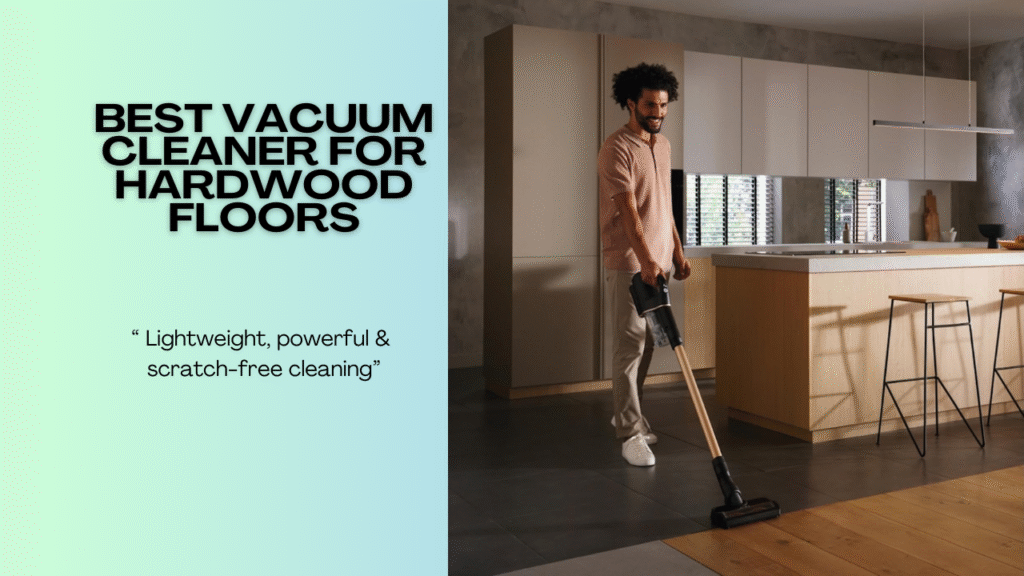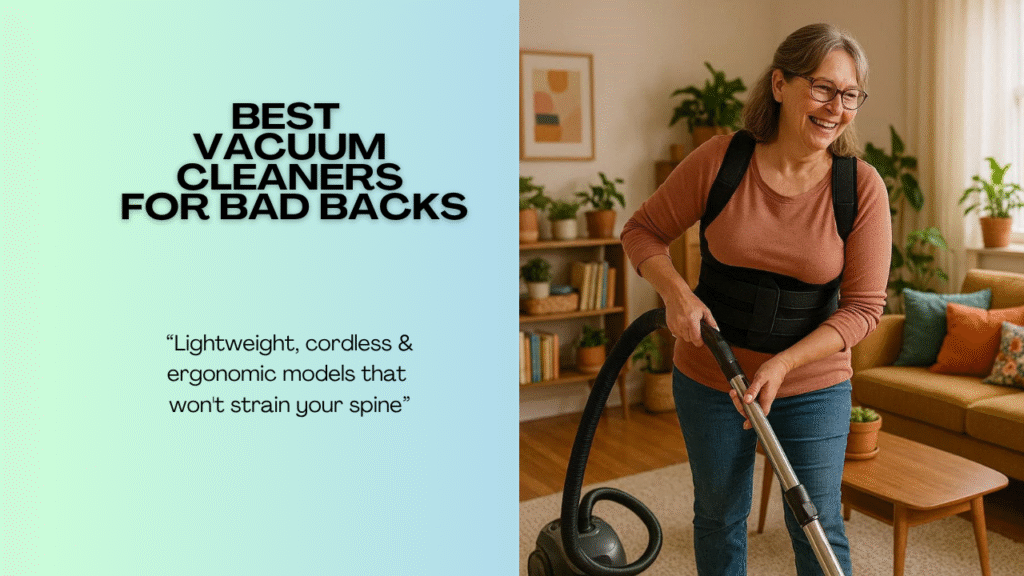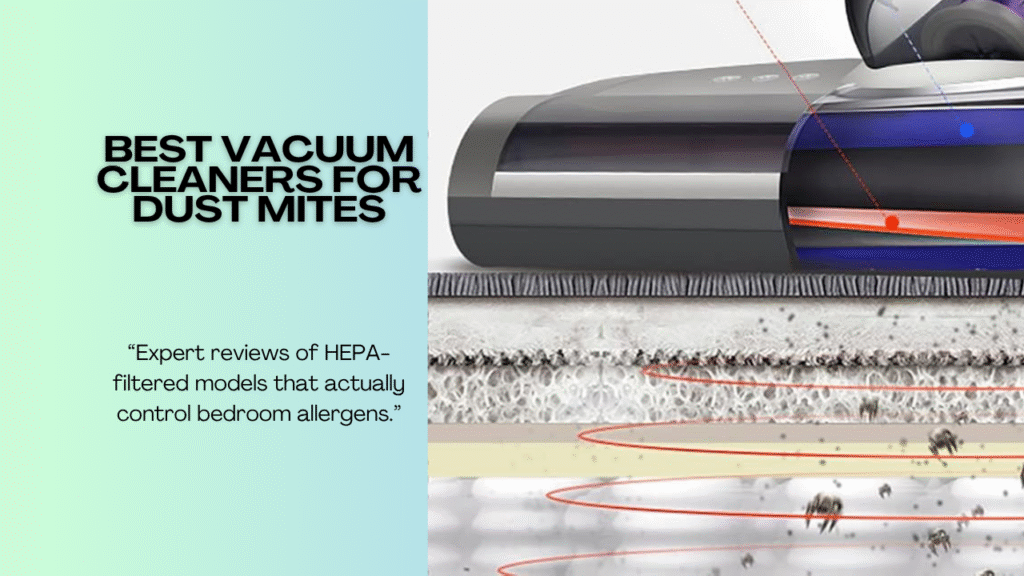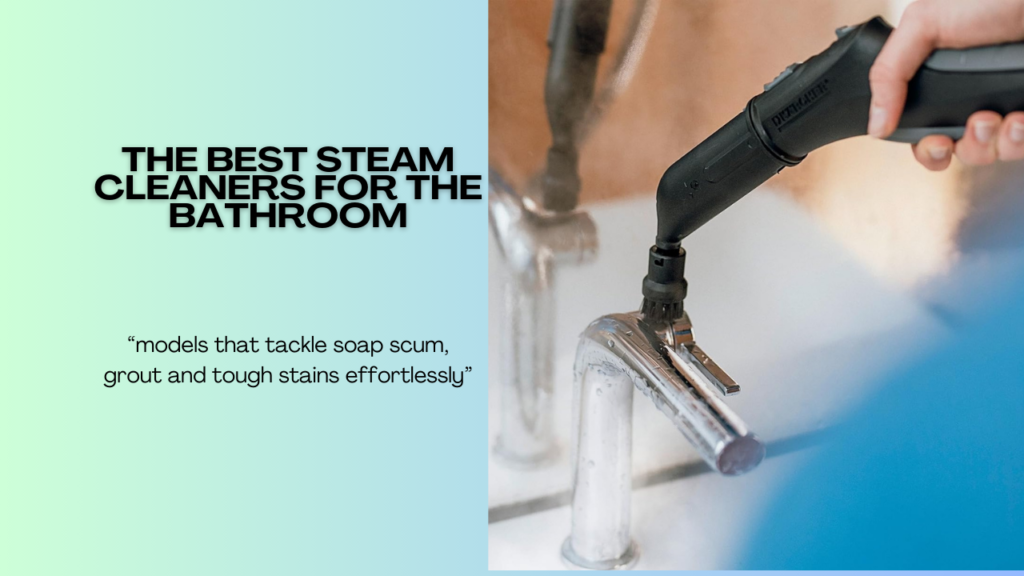Table of Contents
HEPA Vacuum Buying Guide and How to Take Care of It
Despite the fact that high-quality upright vacuum cleaners have a long operational life, new models are occasionally released with even better features than previous ones. Newer models boast improved suction, dirt removal, air filtration, and ease of use, among other features.
Many people wonder what to look for in new vacuum cleaners, what to avoid, and whether they should retain their old vacuum as long as it works.
Manufacturers of vacuum cleaners today offer a number of novel technologies that reduce running noise, increase convenience, and clean better than ever before.
What are HEPA Filters?
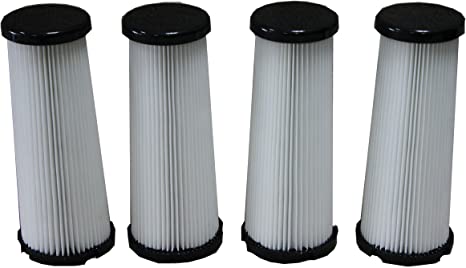
It’s always a concern to keep allergies and microorganisms out of your house or office. HEPA filters in vacuum cleaners and other appliances provide a number of advantages to people who want to eliminate allergens and bacteria from their homes.
They can remove allergens and microorganisms from a variety of surroundings and surfaces thanks to their structure, method, function, and capabilities.
Allergens and bacteria can be found in the air, but they are most typically found on rugs, carpets, draperies, bedding, furniture, counters, and floors. When these surfaces are vacuumed using a HEPA filter, the amount of allergens and germs discovered on them is substantially reduced.
Recommended for You: Best Upright HEPA Vacuum Cleaners 2021 Complete Guide and Reviews
How do HEPA Filters Work?
Our HEPA filters have a micro-filtration efficiency of 99.97% down to 0.3 microns. When you purchase a HEPA filter for your vacuum, you can rest assured that the air quality in your home or office will improve.
Through three interconnected processes, they collect allergies, germs, and other particles:
- When a particle comes within close range of a fiber, it is intercepted and becomes lodged.
- Impaction occurs when a bigger particle collides with the fibers and becomes lodged.
- When the tiniest particles contact with gas molecules, they slow down, allowing for interception or impaction.
HEPA filters should be updated every six months to maintain maximum efficiency. The replacement period is determined by the environment and the number of particles that must be filtered on a regular basis.
Allergy HEPA Filter: Get Rid of Those Allergens!
When it comes to allergy relief, the simplest solution is to avoid your allergic triggers. In certain circumstances, this works — if you’re allergic to nuts, don’t consume them. If you have a wool allergy, avoid wearing wool.
Many allergens, on the other hand, are ubiquitous in the air and can easily enter the home or office through clothing or shoes, as well as through vents or open windows. In these situations, HEPA filter vacuum cleaners can save the day!
Selecting the Most Effective HEPA Vacuum for Your Home
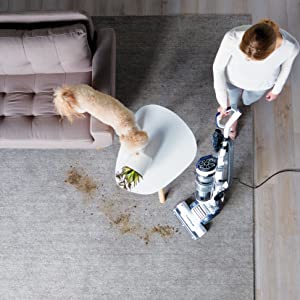
The size of your home is the first factor to consider when purchasing a HEPA vacuum cleaner. While we prefer a mid-sized vacuum cleaner that can efficiently manage most people’s demands most of the time, a full-size canister vacuum may be more ideal for a large home.
A student in a dorm room or an elderly person in a studio apartment, on the other hand, will require a smaller vacuum cleaner to get the job done.
What kind of flooring do you have?
While we hope that as an allergy or asthma sufferer, you have minimized your usage of carpets in your home, we understand that many of you may still have significant carpeting in your home.
If that’s the case, you might want to consider adding a high-end upright vacuum cleaner, such as an Miele vacuum cleaner, because the suction power on these machines is fantastic for the money.
If you have a mixture of carpets and wooden floors, you’ll need a canister vacuum that can easily transition from carpeting to bare floors. The new Veridian DeepClean HEPA canister vacuum is our best value high-performance canister vacuum and is HEPA sealed, so no allergens escape.
Advantages of upright vacuum cleaners
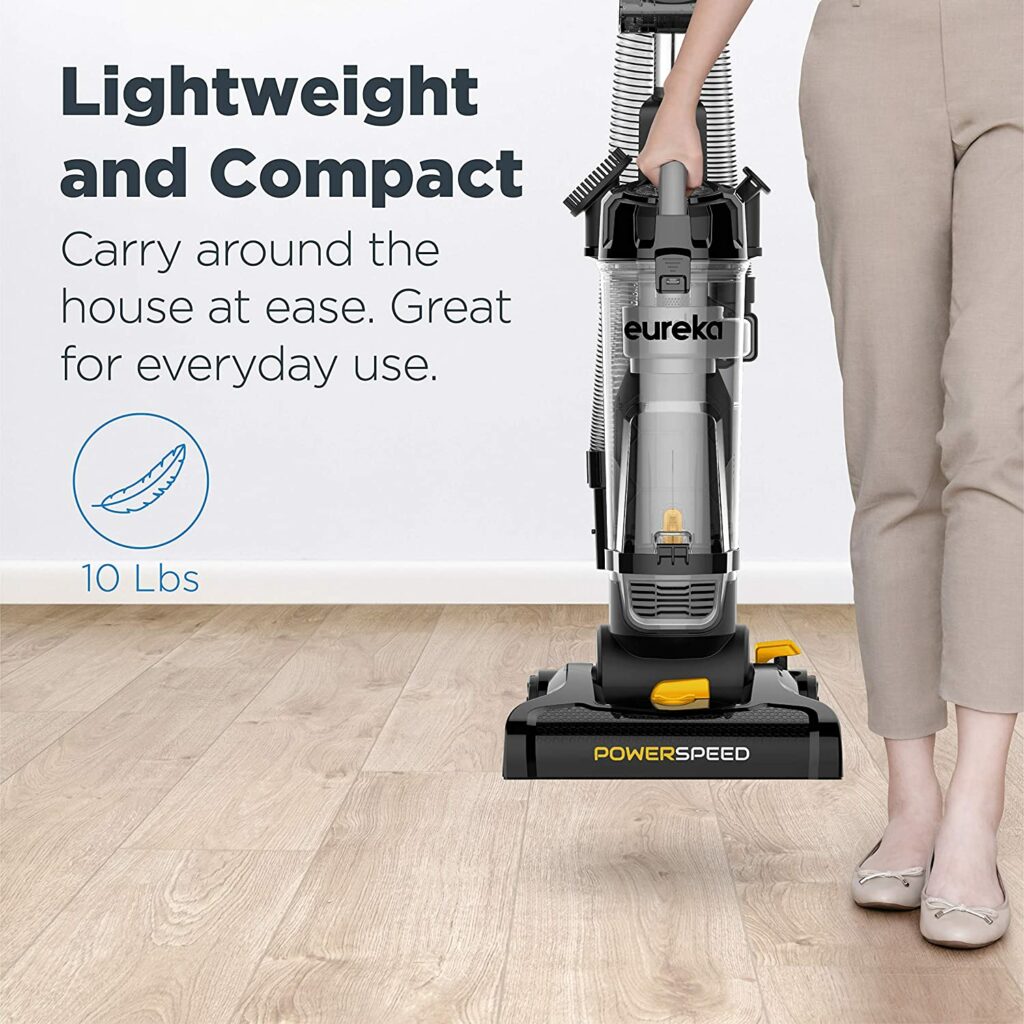
Uprights are easier and more compact to store. If carpet vacuuming is your primary concern, they frequently give higher suction power at a lesser price than canister vacuums.
S-Class / HEPA Filtration compared. Standard Filtration
Which should you choose, given that filtration is such an important component of what makes a healthier sort of vacuum. Vacuum cleaners with a basic filter, such as foam or polypropylene, or no filter at all (merely disseminate allergens throughout the air you breathe.
It collects particles that have settled in the carpet or on smooth ground and propelling them back into the air. Fine particles like pollen and pet dander will simply pass through these old vacuums, making them ineffective at filtering and trapping them.
If you have allergies, you should use a vacuum cleaner that is firmly sealed. If possible, has an S-Class or HEPA filter that passes the stringent US HEPA criteria. These vacuums remove 99.97 percent of all particles with a diameter of 0.3 microns or bigger.
Furthermore, f S-Class and HEPA filters are essentially comparable, either will perform well for allergies and asthma. A sealed system with HEPA filtration is available from several manufacturers.
Recommended for You: Best Upright Vacuum Cleaner For a Large Home- Quick & Effortless Cleaning
Suction Strength
The vacuum’s suction power, measured in Air Watts, has a big impact on how well it cleans. It is proportional to the primary motor’s power (measured in Amps or Watts), however a high power rating does not guarantee strong suction or cleaning.
If you have thick carpets and hairy pets, a powerful suction motor is essential. But it’s nearly useless without a reliable motorized pet hair brushroll.
The suction power of most full-size corded vacuum cleaners ranges from 100 to 200 Air Watts. Thanks to highly efficient brushless motors and lightweight but powerful lithium-ion batteries. There is an increasing number of cordless machines with suction power.
When set to maximum power, however, some full-size vacuum cleaners reach 300 Air Watts.
Capacity of a Dirt Bag or a Dirt Bin
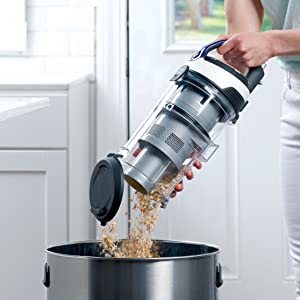
A small dirt bag or a small dirt bin, regardless of whether the unit is bagged or not, entails frequent emptying and, as a result, slower overall cleaning. A lot of filth, on the other hand, might lead to the formation of unpleasant odors.
Most full-size vacuums should have a dirt bin capacity of at least one liter, allowing the user to vacuum vast areas without interruption, while an easy-to-empty system aids the user in emptying the dirt bin after each usage.
Some individuals prefer bagged vacuums, while others prefer bagless vacuums. Both types have advantages and disadvantages, and it is sometimes up to the user to decide which to purchase.
Bagless vacuums are less expensive to maintain, however bagged vacuums can be messy to empty the dirt bag, unless it is a disposable bag with a collar that automatically closes and confines the dirt inside.
To summarize, reusable vacuum bags can save money while also creating a massive mess.
Wet or Dry Vacuum
Wet vacuum cleaners can clean damp and wet dirt, as well as water or other liquids, while dry vacuum cleaners are designed to clean dry dirt.
Canister wet vacuums make ideal shop vacuums because they have water filters that allow them to vacuum both dry and wet dir..
Dry vacuums are common in most homes, and they work well. If such vacuums vacuum damp dirt, they must be turned off, cleaned, and properly dried before being used again. If this happens, double-check the handbook to be sure.
Taking Care of Your HEPA Filter
Before we get into how to clean a HEPA filter, there’s one thing we need to figure out. Is it possible to wash or clean HEPA filters in the first place? I’ll show you how to care for your HEPA or HEPA-type air purifier filters in this post so you may get the most bang for your budget.
As you may be aware, objects that are well-maintained tend to serve the user more efficiently and for a longer period of time. As a result, the consumer saves money.
But who says you have to use a HEPA-filter air purifier? Why not invest in the best air purifier. It comes with a washable filter and stops stressing about how to clean a HEPA filter.
Cleaning HEPA Filters: A Step-by-Step Guide
We promised that you would no longer wash or air-compress your filter. That’s why I recommend vacuuming as the only practical way to keep your filters in good working order.
Step 1
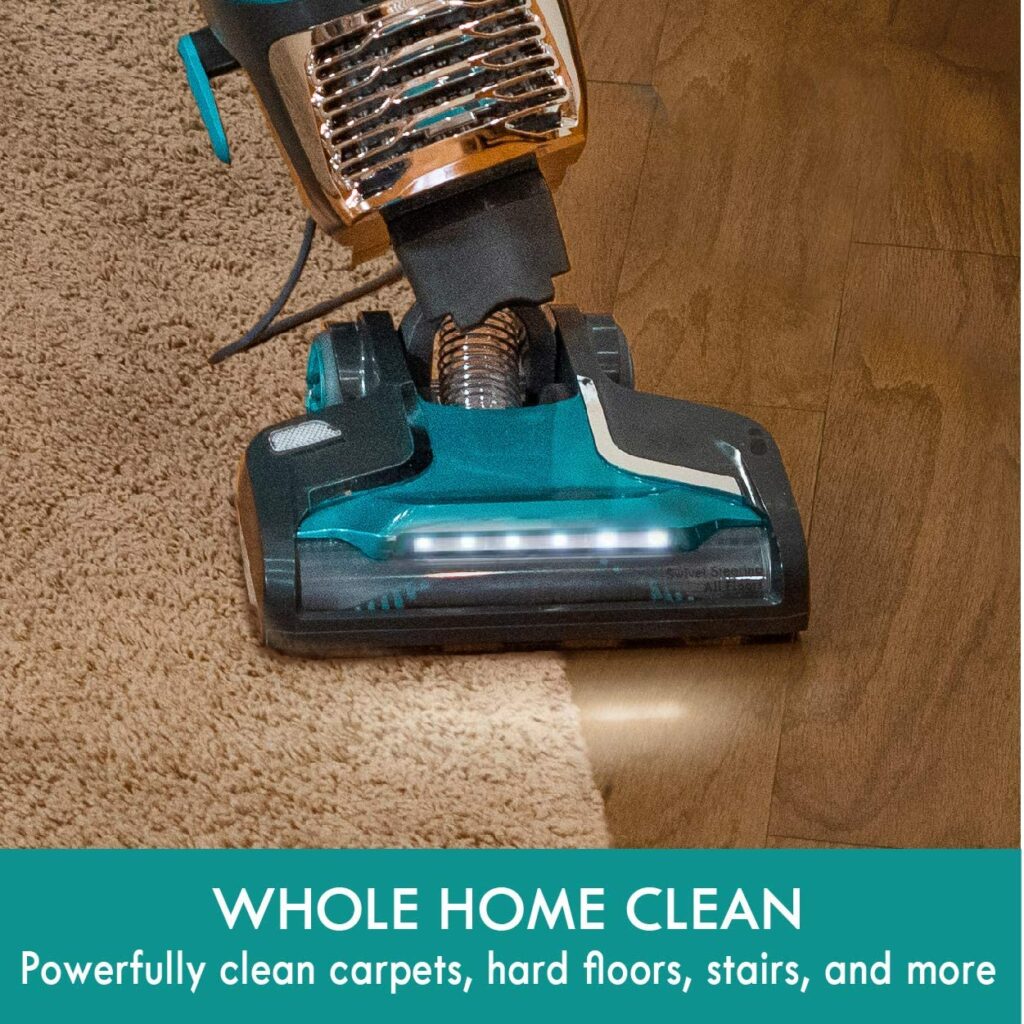
Turn the air purifier off. Take the gadget outside to a designated stop. You don’t want to do the work inside the house at all.
Why? If you vacuum the filter from the inside, all of the waste and grime will return to where they came from. Obviously, you don’t want it to happen.
Step 2
Remove the air purifier’s filter. The filter can be easily removed from various purifiers. Simply remove the back panel from the machine by detaching it. However, in other devices, the filter may be positioned elsewhere. To get to the filter on certain air purifiers, you’ll have to split them apart.
Regardless of the device you have, removing the filter should not be a difficult operation. If you have any problems, consult the user’s handbook for instructions on how to remove the filter for your specific model.
Have you misplaced your manual? No problem; simply go to the website and obtain the user handbook.
Step 3
Hold the filter and gently tap it, allowing any loose debris or dirt to fall into a container. The goal is to give the HEPA vacuum cleaner as little labor as possible.
Keep in mind that HEPA is also used by a vacuum cleaner. And the more particulates it absorbs, the more often you’ll have to change it. If it’s washable, the sooner you can wash it.
Step 4
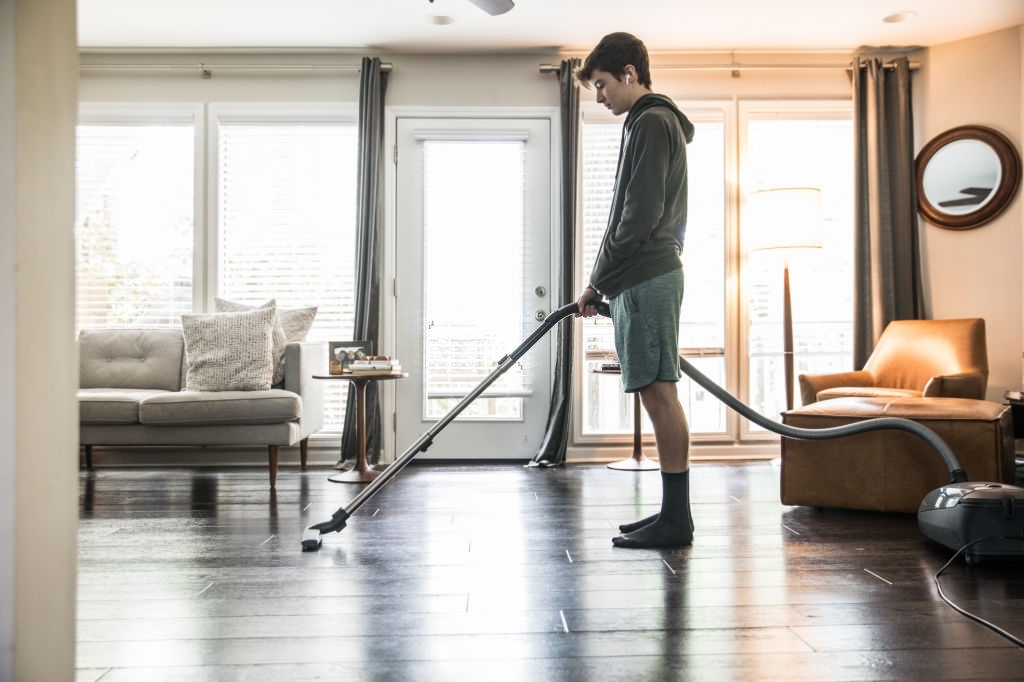
Using the vacuum cleaner’s attachment, blow the dust and debris out of the filter. Make sure the cleaner’s end isn’t too close to the filter, or you’ll wind up pulling some of the fibers out.
AAs a result, the HEPA filter’s ability to clean the air would be reduced.
Step 6
Replace the cleaned filter in the device and bring it inside. The good news is that all indoor standalone air purifiers are portable. Units weighing more than 35 pounds are uncommon. Furthermore, the majority of heavy air purifiers include wheels.
You may have trouble rolling your purifier to the cleaning location if the wheels are hidden. Especially if there is an incline along the way. Finally, connect the device and begin breathing clean, healthy air.
Final Thoughts
Yes, HEPA filters can be cleaned. Washing or air-compressing them, on the other hand, damages them. According to tests, vacuuming is the most effective way to extend the life of your filter.
Cleaning should be done outside rather than indoors. Allergens and other contaminants have no place inside your house. After you’ve cleaned your filter, replace it and bring the unit back inside.

